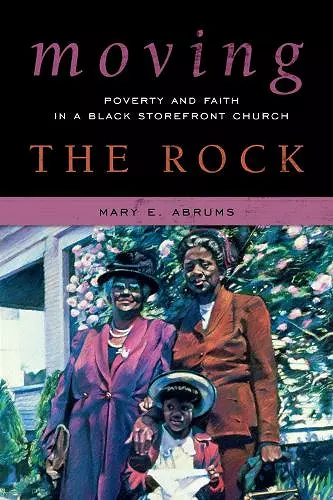California Maritime Archaeology
A San Clemente Island Perspective
L Mark Raab author Jim Cassidy author Andrew Yatsko author William J Howard author
Format:Hardback
Publisher:AltaMira Press
Published:16th Aug '09
Currently unavailable, and unfortunately no date known when it will be back

San Clemente Island is a microcosm of California coastal archaeology from prehistoric through historic times—not only because of the extensiveness of its archaeological remains but because those remains have been so well preserved. In California Maritime Archaeology, the authors use the island as a platform to explore evidence of early seafaring, colonization, paleoenvironmental change, and cultural interaction along the California coast. They make a strong case that San Clemente island should be seen as a kind of "California archaeological Galapagos," offering an extraordinary variety of ancient life as well as surprising information about prehistoric hunter-gatherers of the northern Pacific. The authors' two decades of research have resulted in this rich cultural history that defies widespread assumptions about California's ancient maritime history.
This important study offers new perspectives on maritime hunter-gatherers based on more than two decades of cutting-edge archaeological research on San Clemente Island in southern California. Synthesizing more than 9,000 years of history, Raab, Cassidy, Yatsko, and Howard address some of the big issues in hunter-gatherer studies today: early seafaring, the timing of residential stability, long-term human-environmental interactions, sociopolitical complexity, and colonial encounters. This provocative book will energize healthy debate about maritime societies in California for years to come. -- Kent Lightfoot, University of California, Berkeley
A beautifully written synthesis of one of the most archaeologically fascinating places in western North America: San Clemente Island. The authors describe their findings from nearly two decades of intensive research on the island, from which they've established a cultural sequence that defies many longstanding assumptions about the prehistory of foragers in the northeastern Pacific. Their work addresses many of the most important issues in recent hunter-gatherer studies including coastal colonization of the New World, maritime intensification, the impacts of environmental variability on human populations, and social and cultural responses to European contact. They show that initial colonization of San Clemente Island was considerably earlier than anyone thought possible 20 years ago, and argue convincingly that the early Holocene settlers were not bumbling, failed big-game hunters who reluctantly took to the sea, but rather sophisticated maritime peoples with good woodworking and boatbuilding skills. Fromthis improbable beginning, island societies progressed rapidly toward full sedentism at mid-Holocene and eventually became susceptible to extreme climate change during the late Holocene. Raab, Cassidy, Yatsko, and Howard have compiled an outstanding boo -- Terry Jones, California Polytechnic State University
This is a brilliant synthesis, summarizing years of intensive research, that places California's San Clemente Island at the heart of current debates about the peopling of the Americas, the antiquity and nature of maritime adaptations, the rise of cultural complexity, the effects of European contact on Native Americans, and much more. -- Jon M. Erlandson, University of Oregon
Recommended. * Choice Reviews *
California Maritime Archaeology is a landmark publication, one of the few occasions when a team of archaeologists has documented in a single volume an entire island history from its first ancient settlement to the historical era. This important book is, hopefully, but the beginnings of generations of research on San Clemente that see the small populations that once lived far offshore as part of a much wider world. Like all cutting edge research, these pages pose more questions than they answer, notably about the complexity and mainland ties of San Clemente communities, and so they should. Above all, they highlight the importance of achieving a far closer understanding of ancient seafaring along the California coast, which apparently took canoes of some kind much farther offshore much earlier than we suspected. -- Brian Fagan, from the foreword
A beautifully written synthesis of one of the most archaeologically fascinating places in western North America: San Clemente Island. The authors describe their findings from nearly two decades of intensive research on the island, from which they've established a cultural sequence that defies many longstanding assumptions about the prehistory of foragers in the northeastern Pacific. Their work addresses many of the most important issues in recent hunter-gatherer studies including coastal colonization of the New World, maritime intensification, the impacts of environmental variability on human populations, and social and cultural responses to European contact. They show that initial colonization of San Clemente Island was considerably earlier than anyone thought possible 20 years ago, and argue convincingly that the early Holocene settlers were not bumbling, failed big-game hunters who reluctantly took to the sea, but rather sophisticated maritime peoples with good woodworking and boatbuilding skills. From this improbable beginning, island societies progressed rapidly toward full sedentism at mid-Holocene and eventually became susceptible to extreme climate change during the late Holocene. Raab, Cassidy, Yatsko, and Howard have compiled an outstanding book that should be required reading for anyone interested in the archaeology and prehistory of western North America. -- Terry Jones, California Polytechnic State University
ISBN: 9780759113169
Dimensions: 239mm x 161mm x 22mm
Weight: 583g
290 pages